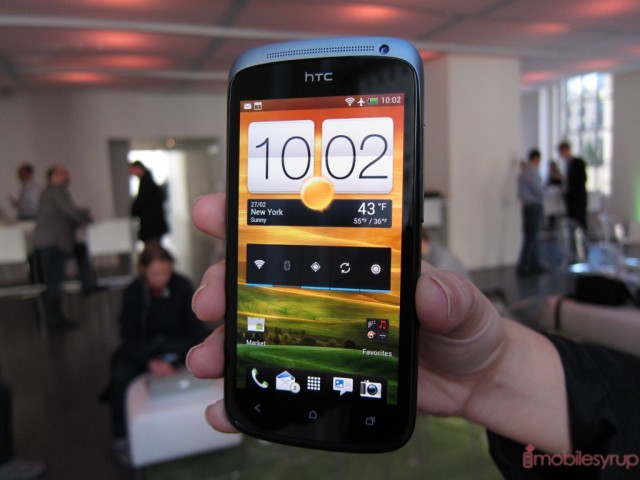
The HTC One S is the middle child of the One series, a 4.3-inch 7.95mm waif. It’s HTC’s thinnest phone ever, and potentially its most popular. It makes an excellent first impression, but it’s when you hold the device that you realize just how far the company has come.
Its 960×540 qHD will be a source of debate — why couldn’t they have been more generous and made it 720p? — but the One S maintains similar degrees of vibrance and sharpness to its bigger sibling. Unlike the One X, which houses a super-bright Super LCD2, the One S incorporates a Super AMOLED display. It’s far better than the terrible PenTile-saddled Motorola RAZR, even though we’re hearing the One S also has a PenTile display.
The One S is made of a ceramic metal and perhaps feels even more solid than the One X. It is a premium, hefty material than promises longevity, but since it is metal, is likely more prone to scratches. We’ll have to see.
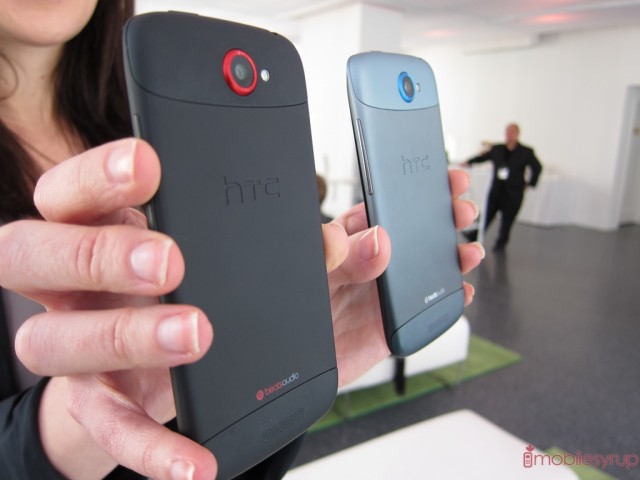
There are two designs — a deep black and softer blue, but I’ll let HTC describe it better: “The HTC One S sports two new finishes that break new ground in mobile phone innovation. The first is an ultra-matte black Ceramic Metal surface that is the result of a microarc oxidation (MAO) process originally developed for use in satellites. It transforms the surface of the aluminum unibody into a ceramic, super-dense crystalline structure that is four times harder than anodized aluminum, enabling the HTC One S to look great over time. The second finish for the One S takes anodizing to a new level with a new patented process that creates a light-to-dark gradient fade that looks gorgeous and sophisticated.” We don’t know exactly which model will be coming to Canada, but I’m hoping for the ultra-matte black version.
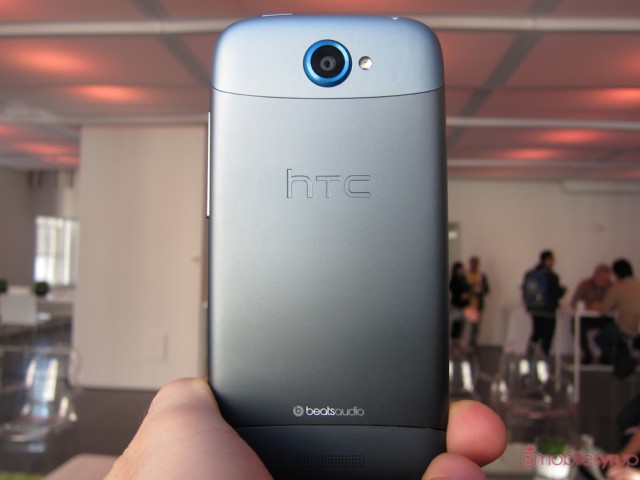
Its thinness is another aspect of the One S you have to hold in your hand to truly appreciate. While it doesn’t match the Motorola RAZR for sheer numbers (7.7mm to 7.95mm), it feels thinner due to a more uniform thickness throughout. The bezel around the screen is quite narrow, and there is very little wasted space overall; the One S is about as compact as a middleweight can be.
Unlike its bigger brother, the back of the One S is broken up into three sections. The top portion can be removed, exposing the microSIM slot and antenna connectors.
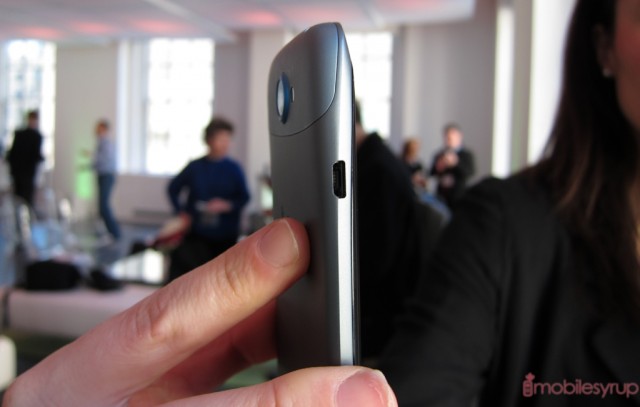
The One S retains many of the design choices of previous generations — the long metal volume rocker of the Sensation, the unibody metal of the Desire HD — but it is at once simpler and more understated. It feels fantastic to hold, and you’d never guess it had a 4.3-inch screen, as it feels more like the Incredible S than the Sensation.
Internally we’re looking at a 1.5Ghz Snapdragon MSM8260A processor. Despite retaining the MSM8260 number scheme as the Sensation, the 8260A is from the newer S4 family, created with Qualcomm’s 28nm process. The only major difference between the 8260A and the 8960 inside the One X is the lack of LTE support; the One S only supports HSPA+ up to 21Mbps.
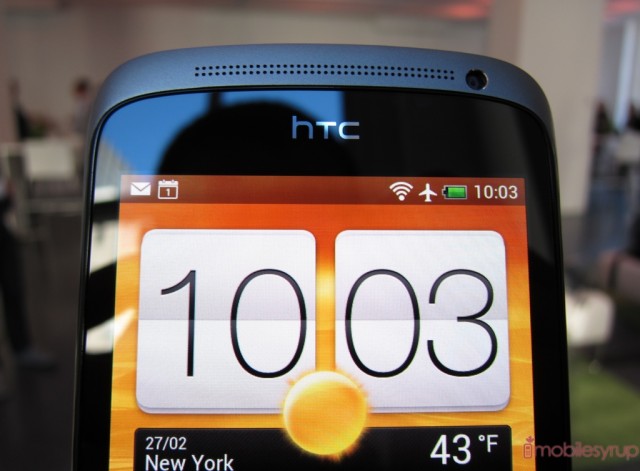
We’re looking at 1GB RAM, an 8MP camera with HTC’s Image Processor, so you’re getting almost the same overall performance as on the One X. And while some users may be disappointed with the qHD screen, it will only help in graphics benchmarks; with the same CPU/GPU combo as the One X, the One S has to process 30% fewer pixels.
One S runs Android 4.0.3 with Sense 4, and HTC has done a great job simplifying and de-cluttering the UI. While it’s certainly recognizable as Sense, many of the more obtrusive aspects like bloated widgets, persnickety first-party apps and those nagging ‘Matched Contacts’ notifications, have been eliminated.
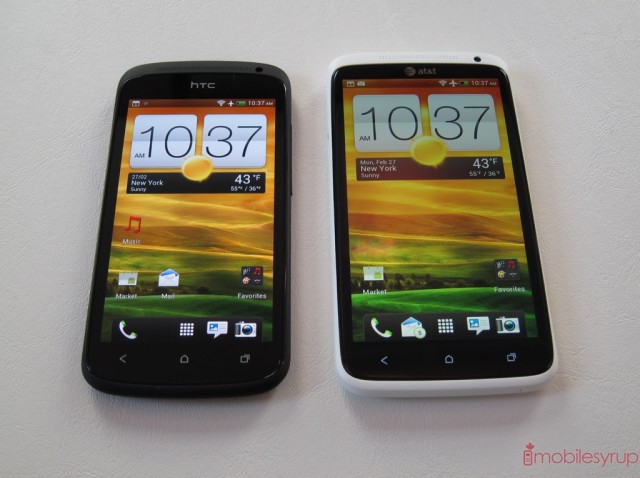
The photo experience on the One S, as with the One X, is sublime. Not only does the camera app launch in under one second but it takes photos at 10fps, with an intelligent ‘Best Choice’ feature that finds the most desirable pick in the bunch. You can take stills while recording 1080p video, and the whole thing integrates with 25GB of Dropbox storage (free for two years).
It also incorporates Beats Audio into the overall experience, so when you’re playing any media whatsoever the Beats profile will appear in the notification bar to allow custom equalizer settings depending on which headphones you are using. There are presets for the entire Beats line of headphones, though you can customize it for your own pair if necessary.
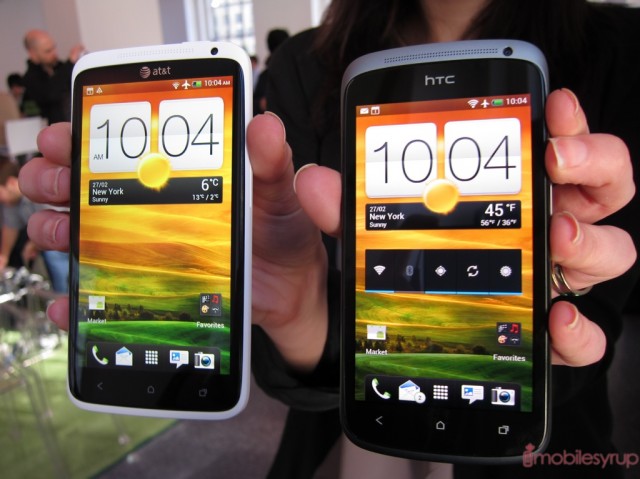
My only major concern with the One S is its battery: while it will benefit from having a more power-efficient Snapdragon S4 processor, the 1650mAh lithium polymer cell is a bit small for my tastes. While it was a feat for HTC to fit a battery of that size into such a thin shell, I’m worried the large 4.3-inch qHD screen and 21Mbps HSPA+ baseband are still going to be hard on battery life. Especially since it’s non-removable.
I have no doubt that the One S is going to be the more popular of the One series devices. It’s sleek, fast and attractive, with possibly a higher build quality. If it debuts at a reasonable price — say $99 on a 3-year term, and less than $500 outright — the One S stands to compete with many of the top Android devices this year, even if it is the “middle child” of the One Series.
The HTC One S is coming to Bell, TELUS, Virgin Mobile and Fido in the Spring.
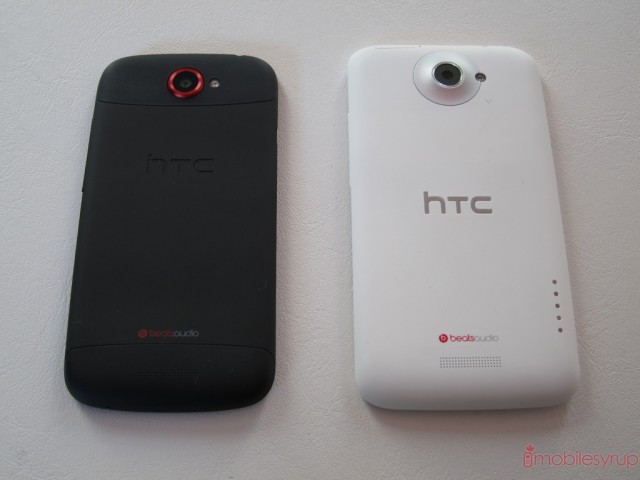
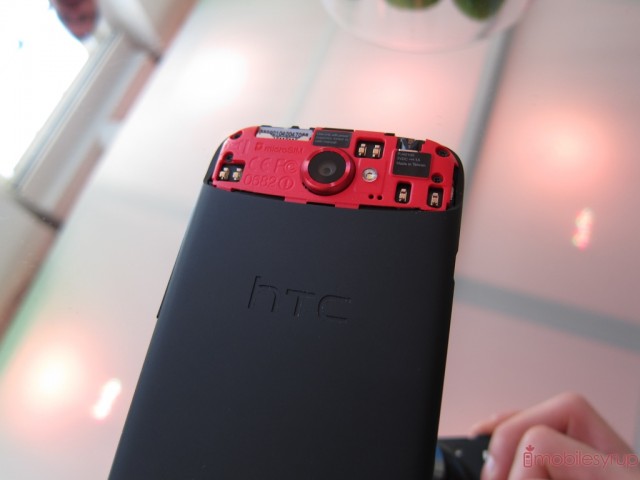
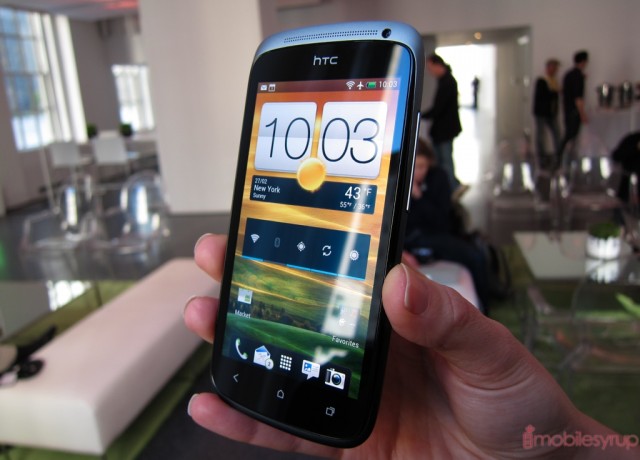
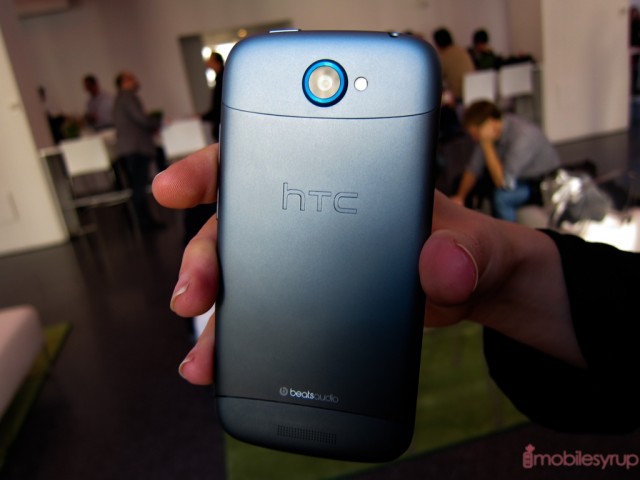

MobileSyrup may earn a commission from purchases made via our links, which helps fund the journalism we provide free on our website. These links do not influence our editorial content. Support us here.


